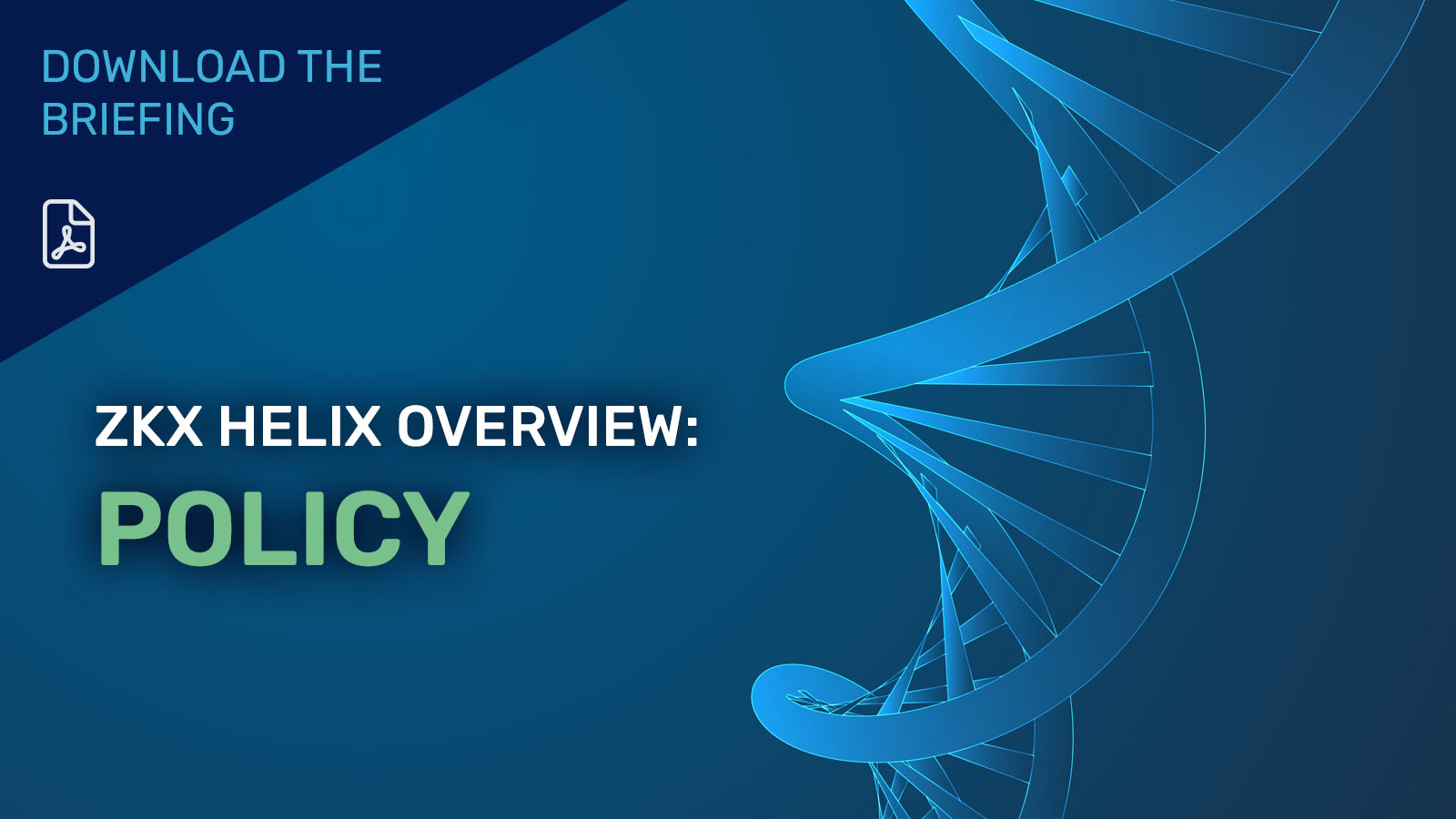In the context of cybersecurity, policy serves one absolutely essential function: to tie specific technology to specific action(s). Policy is the backbone upon which security operates. Policy dictates critical parameters of a network, including the definition of secure access and risk tolerance.
Yet policy – in all of its forms – is often seen as restrictive, a hindrance whose sole purpose is to arbitrarily stand in the way of optimal process and prevent quick and easy solutions from permeating the workplace. This perception – especially regarding cybersecurity – didn’t come from nowhere, and in fact, has done quite a bit to earn this reputation. Whether its requiring MFA to access a certain resource on the network or having to communicate over a specific flavor of encryption, to ensuring your users’ BYOD devices are compliant with some body of standards – policy has the ability to deflate any and every one of our cyber operations.
In this paper, we delve into how Helix breaks new ground in terms of what policy (and Policy) means to you and how your organization benefits from more granular, more dominant control of both policy management and enforcement.

